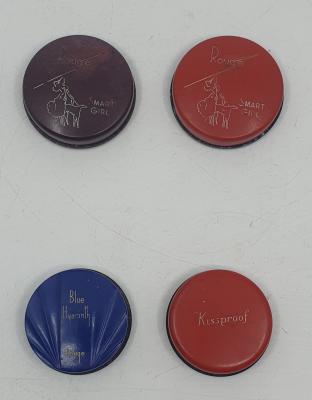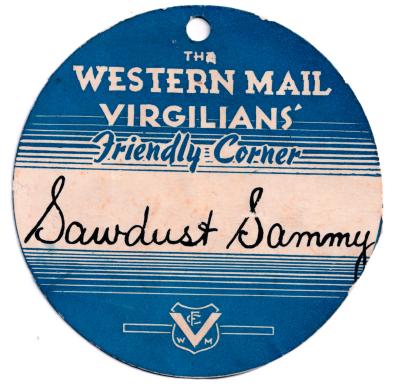Horwood Bagshaw Imperial Hay Baler
c. 1940This stationary Imperial Hay Baler, made by Horwood Bagshaw, was used in the Busselton area in the 1940s.
The pulleys on early models, like this one, would have been powered by a Horse Works or a stationary engine but later models had their own engines. Hay was forked into the top of the baler, the "Magpie" would then come down to push the hay into the press chamber and compact the bales. Each bale was separated by a wooden block that had grooves on each side so that the wire could be passed around the end of the bale to tie it together. Baling hay with this machine could take up to 6 men to ensure the hopper was fed, the bales were tied and the machine kept running
Horwood Bagshaw, arguably Australia’s oldest agricultural machinery manufacturer, was founded in 1838 by John Stokes Bagshaw, who established the Pioneer Works in Elizabeth St Adelaide, South Australia before moving the works to Mile End. In the early years, the Pioneer Works focused on producing a range of tools and equipment for various industries, including mining and agriculture. In 1924, JH Horwood & Co was acquired by JS Bagshaw & Sons Ltd, and the two companies merged to form Horwood Bagshaw Ltd. The new company continued to produce a range of agricultural tools and equipment and became known for its high-quality products and innovative designs. Whilst Horwood Bagshaw no longer make hay balers they still manufacture a wide range of farm equipment today.
Details
Details
On the side of the Hopper "MAKERS HORWOOD BAGSHAW MILE END"
"IMPERIAL HAY AND FODDER BALER"
"DO NOT PLACE BOARD ON HOPPER UNTIL CHAMBER IS EMPTY"
on Front axle "2266"
The Imperial Hay Baler became known as the “Widow Maker” due to the numerous injuries inflicted on tired operators. The Imperial Hay Baler had to be towed to where the cut hay was waiting and the farmers would fork the hay into the hopper, unlike the later pickup baler that was pulled by a tractor and picked the hay up directly from the windrows of cut hay.
Other items from Busselton Historical Society
- McCormick Deering Reaper Binder
- Rouge Compacts
- Seed Spreader
- Centaur Tractor Engine
- Mitchell Mower
- Howard Junior Rotovator
- Spring Tyne Cultivator
- Fordson Model F Tractor
- International Harvester Grister
- Virgilian name tags
- Killerbys Departmental Stores Brochures
- Peake's - The Australian Grocers' Household Diary 1955
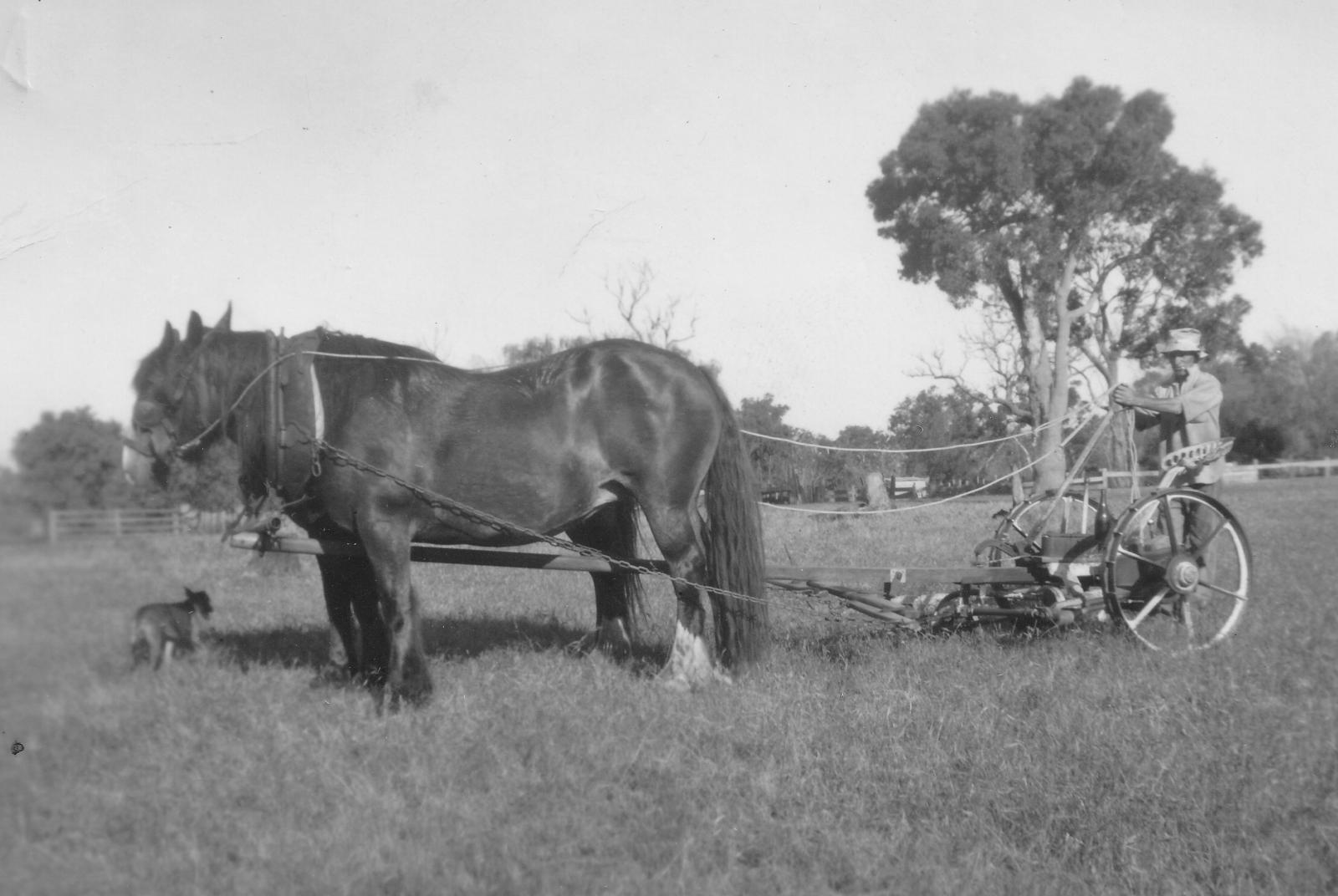
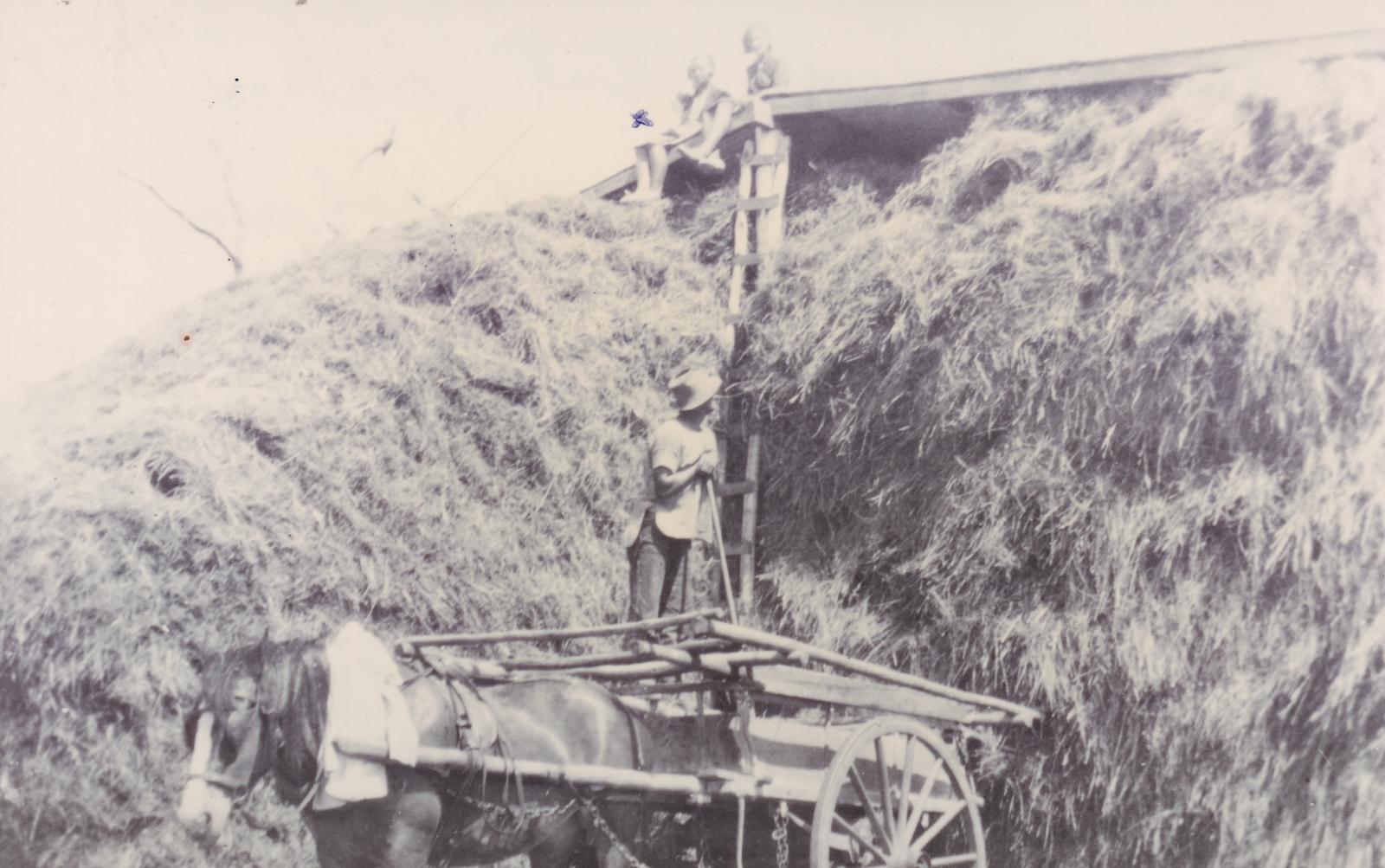
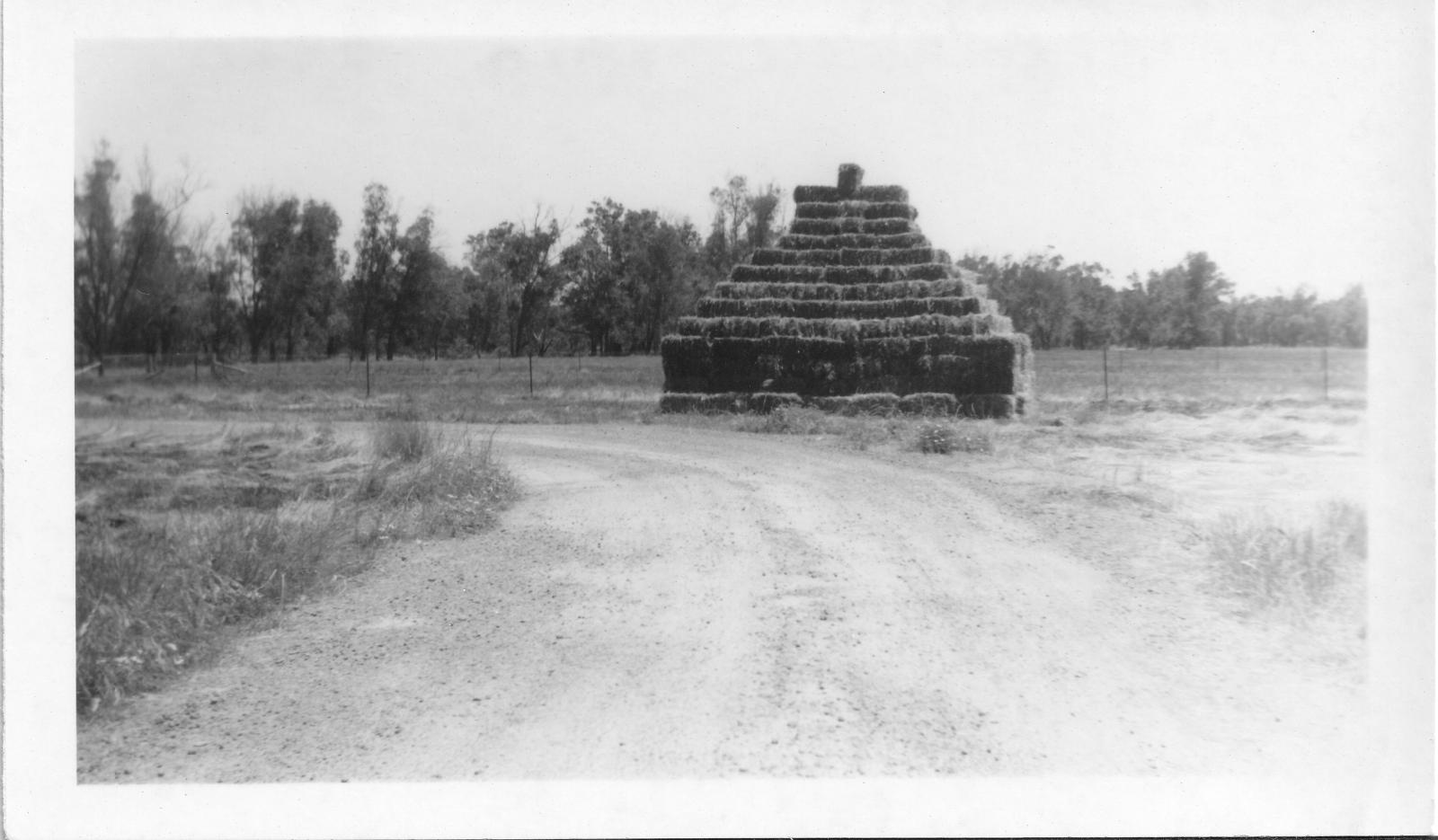
Scan this QR code to open this page on your phone ->

